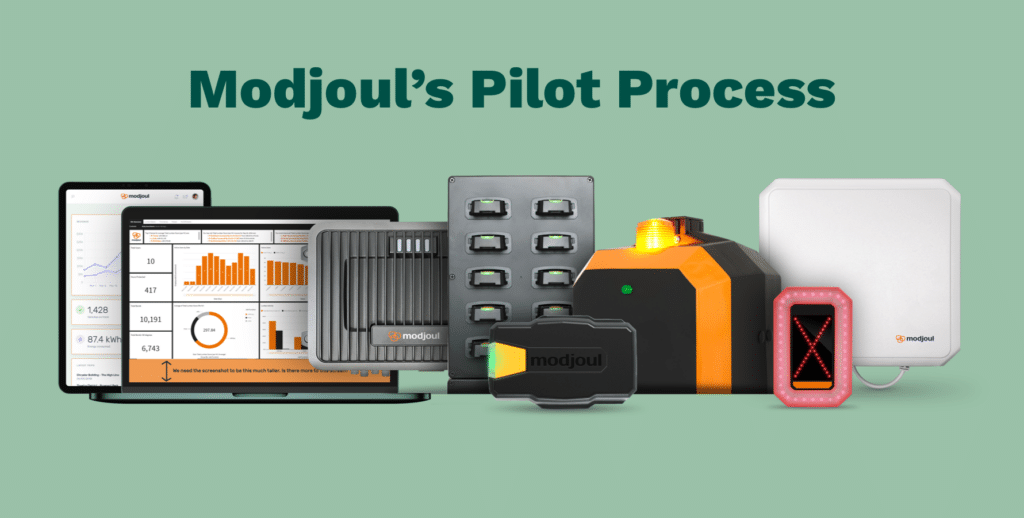Whether you are on an assembly line, repairing aircraft, or even sitting behind a desk, employees within every organization want to do their very best to provide for their families with as little impediment to their workday as possible. The introduction of wearable technology to the workplace is usually met with mixed opinions from employees and it is the role of the employer to help guide their workforce toward a positive understanding. Communication and transparency around the goals of wearable technology will ensure company-wide buy in, as well as consistent participation through deployment.
Advantages of Wearable Tech to the Employee
Career Longevity
Companies that utilize wearable technology are investing in the health and long-term success of their workforce, despite the employee’s fear of job loss due to implementation. Data and insights from wearable tech are generally used to improve processes, reduce potential injury, and strengthen everyday efficiency. It is key that employers share their intentions for the data collected.
Transparency of Work
Data from wearables provide a true picture into the day & life of each employee. Bias from supervisors or upper management is now removed from the equation when considering incentives, job rotation, and setting productivity standards.
Empowered Communication with Employer
Employees are able to use their data to set personal goals, benchmark success, and provide data driven feedback to their employer.
Considerations for Wearable Tech for the Employee
Fit Factor
Employers need to consider how wearable tech is meant to be worn to achieve full functionality. Will the location of the device on the body or the size of the device hinder job responsibilities? Will it be comfortable to wear for any gender, height, or length of time? Employees want to know that they will not be asked to compromise their comfort.
Ease of Use
Wearable technology will need to be regularly charged and sometimes shared among multiple employees. Employees want to know that picking up their wearable tech is easy and won’t require an inconvenience to their day. For example, if an employee is asked to pick up their device in an area of the building they don’t often frequent, it will be difficult to build engagement in the use of the wearable.
“Tracking” Fears
Employees want to maintain a sense of autonomy in the workplace and wearable tech has a tendency to bring up “Big Brother” related fears. It is imperative that employers maintain complete transparency about any location functionality by communicating the data’s intended use and potential consequences for the employee.




